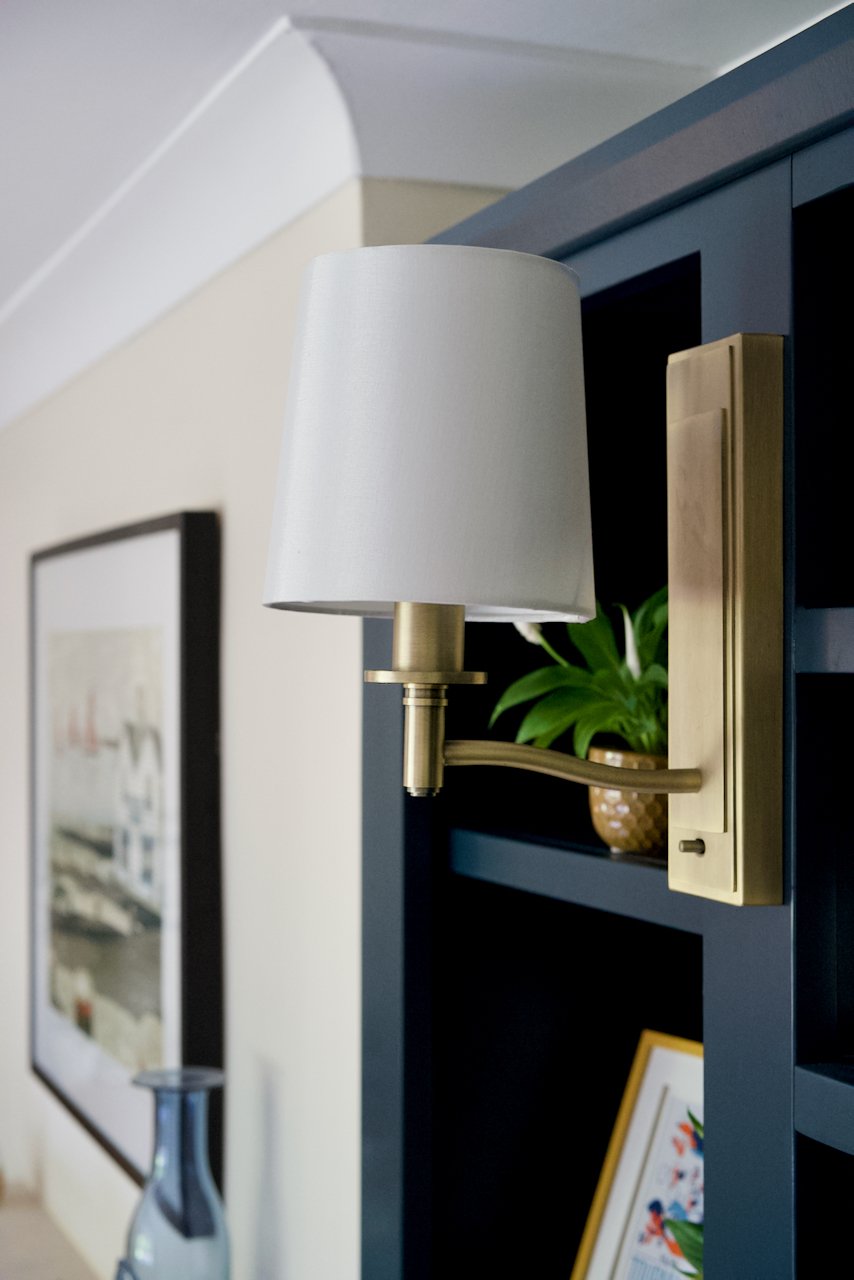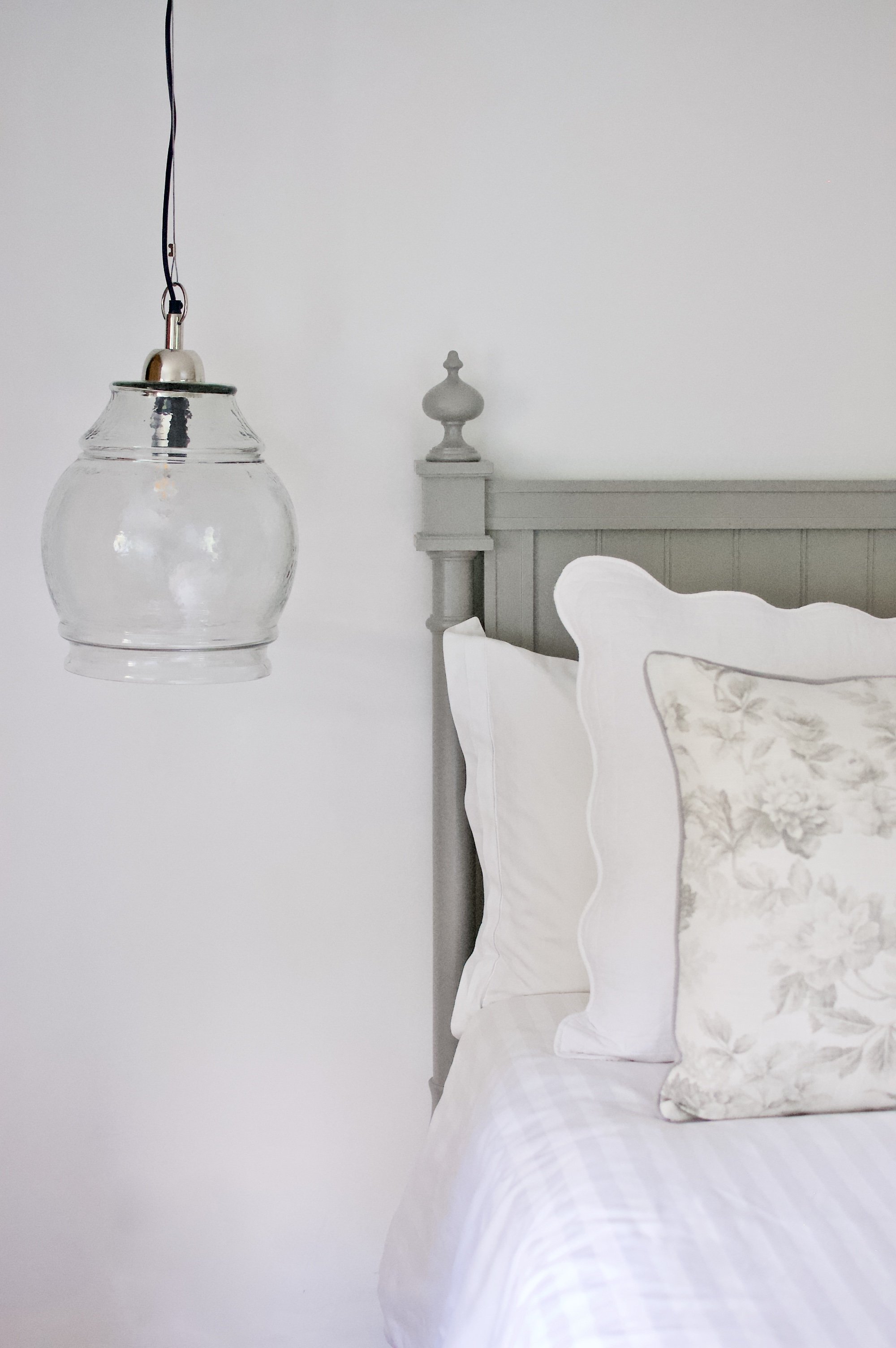Transform Your Rooms with Zone Lighting
Want to give your room a fresh look without completely re-decorating or buying a host of new soft furnishings?
Creating distinct zones within your rooms can bring balance, functionality, and visual appeal to your home. By understanding the art of zoning and using various lighting techniques, you can effortlessly transform your room into a multi-functional and beautiful place to relax and enjoy spending time in.
So how do you do it?
Define Your Zones
Before we dive into the lighting aspect, you first need to define the zones you wish to create - and how these will differ from room to room. Having zones isn’t just visually appealing; they can also give you an opportunity to personalise your space and express your unique style. You can choose lighting fixtures and designs that align with your taste and complement your existing décor too.
Start by thinking about how the room will be used - or how you want it to be used. This is a great starting point because it means you can be a little more strategic with the lights you choose. It also helps you to feel like the room has had a bit of a makeover.
Common areas to consider are a seating area, entertainment corner, reading nook, or dining space. Identifying these will help you ensure each area serves its purpose. Once you’ve decided on your zones, it’s time to think about the lighting that should be used in each one to give it the look you’re after.
Ambient Lighting for Overall Illumination
Ambient lighting forms the foundation of any lighting design. It provides general illumination throughout the room.
To achieve this, consider installing a central overhead fixture or a series of recessed lights. Dimmer switches also work well, allowing you to control the intensity of the ambient lighting and set the mood for different occasions, perhaps creating a cosy, intimate setting when curled up with your favourite book or a vibrant, energetic feel when entertaining guests.
Task Lighting for Specific Areas
Task lighting is crucial for functional zones such as reading nooks or workspaces. Place focused light sources like table lamps, adjustable floor lamps, or wall-mounted fixtures near these areas.
Ensure the light is bright enough to prevent eye strain and shadows. Why not try using warm-coloured bulbs to create a cosy and inviting space to spend time in? These little tweaks and considerations can make all the difference to the look and feel of your room.
Accent Lighting to Highlight Points of Interest
Accent lighting adds a touch of drama and elegance by directing attention to specific objects or architectural highlights. Showcase artwork, shelves, or perhaps period features of your home with well-placed track lighting, wall sconces - lights that are fixed to the wall rather than a ceiling - or picture lights. This type of lighting adds visual interest and creates a focal point for the eye.
Play with light angles and intensity to create different visual effects and add depth to your room. This technique can also elevate the overall aesthetic appeal of the space and give you the opportunity to showcase your personal style.
Also, consider the finish of your lights. Do you have lots of metal finishes in the room, for example, door or cupboard knobs, curtain poles, decorative objects etc.? If so, consider the finish and ensure any lighting you select complements the other ironmongery within it.
Layered Lighting for Depth and Flexibility
Layering different lighting types creates depth and flexibility in your room too. Rather than relying on a single lighting fixture to illuminate it, layered lighting combines various types of lighting to achieve a well-rounded and visually appealing effect.
Combine ambient, task, and accent lighting to achieve a harmonious balance. Use a combination of pendant lights, wall sconces, floor lamps, and table lamps to provide layers of light at various heights and positions. This approach allows you to adjust the lighting according to different activities and moods.
Summary
Lighting is a brilliant way to zone your room to really make it a space you enjoy relaxing in. Combining ambient, task, and accent lighting allows you to create distinct areas within your space while maintaining a cohesive design.
It also gives you the flexibility to adapt your room to different situations and occasions. Whether you're hosting a party, having a quiet evening alone, or completing a work project, you can adjust the lighting in each zone accordingly. This versatility enables you to transform the space to suit your needs, making it more functional and adaptable.
And that’s not all!
While aesthetics and functionality are important, lighting zones allow for more efficient energy usage too. Instead of illuminating the entire room with a single, high-powered bulb, you can selectively light up the zones that are in use. By using task lighting or accent lighting in specific areas, you can reduce energy consumption and lower your electricity bills.
Additionally, using energy-efficient bulbs, such as LEDs, can further contribute to sustainability and cost savings. Whilst they may be more expensive to install initially – the benefits are great.
For example, new LED fittings have an average life of 20,000 hours, while filament bulbs only last for about a thousand hours. Therefore, with one LED bulb lasting as long as twenty traditional bulbs, the cost of each over 20,000 hours would be roughly £5 for the LED but over £25 for filaments.
Fantastic design, spaces you love spending time in and energy efficiency? It really is time to consider zone lighting throughout the rooms in your home.
If you’d like our support to create lighting zones in your rooms or with any other aspect of interior design, get in touch today to find out more about how we can help.










